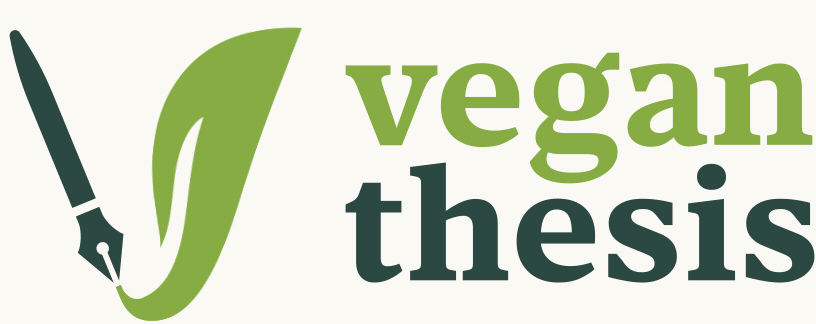To what extent, and on what scales, do various shocks to supply and demand affect the number of animals farmed for food ?
Context and Importance:
Understanding how various shocks to supply and demand affect the number of animals farmed for food, both in total and under specific welfare conditions, is crucial for stakeholders aiming to reduce animal suffering and promote higher welfare standards. Shocks, such as economic crises, policy changes, pandemics, or shifts in consumer preferences, can significantly impact the scale and nature of animal farming. This research can provide valuable insights for advocacy groups, policymakers, and the agricultural industry to develop strategies that effectively address these impacts and contribute to a more sustainable and humane food system.
Potential Research Approach:
Data Collection: Compile data from agricultural reports, industry publications, and governmental databases to track changes in animal farming statistics over time. Focus on how these statistics respond to various shocks, such as economic downturns, trade disruptions, or changes in consumer demand for animal products.
Economic Modeling: Utilize economic models to assess the effects of different types of supply and demand shocks on the number of animals farmed. This could include models that predict changes in total animal numbers as well as shifts in farming practices, such as increased or decreased use of intensive farming methods, and how these shifts affect animal welfare conditions.
Case Studies: Analyze historical instances where significant policy changes (e.g., bans on certain types of animal farming, subsidies for plant-based agriculture) or cultural shifts (e.g., the rise in vegetarianism/veganism, increasing awareness of animal welfare issues) have occurred. Investigate how these events influenced the scale of animal farming and the welfare conditions of farmed animals in different regions.
Stakeholder Interviews: Conduct interviews with key stakeholders, including industry experts, policymakers, farmers, and advocacy groups. These interviews can provide insights into the causal relationships between supply and demand shocks and changes in farming practices, as well as the challenges and opportunities for improving animal welfare during such shocks.
Impact Evaluation: Evaluate the short-term and long-term impacts of these shocks on animal welfare, considering both direct effects (e.g., reduced animal farming due to decreased demand) and indirect effects (e.g., shifts towards more humane farming practices). This could involve assessing the effectiveness of specific interventions aimed at mitigating the negative impacts of shocks on animal welfare.
Additional Questions:
How do different types of shocks (e.g., economic, environmental, political) vary in their impact on the number of animals farmed and the conditions under which they are raised?
What are the most effective policy interventions or advocacy strategies that have historically mitigated the negative impacts of supply and demand shocks on animal welfare?
How do consumer behavior changes, such as increased demand for plant-based products or ethical sourcing, influence the number of animals farmed and the conditions of their farming?
